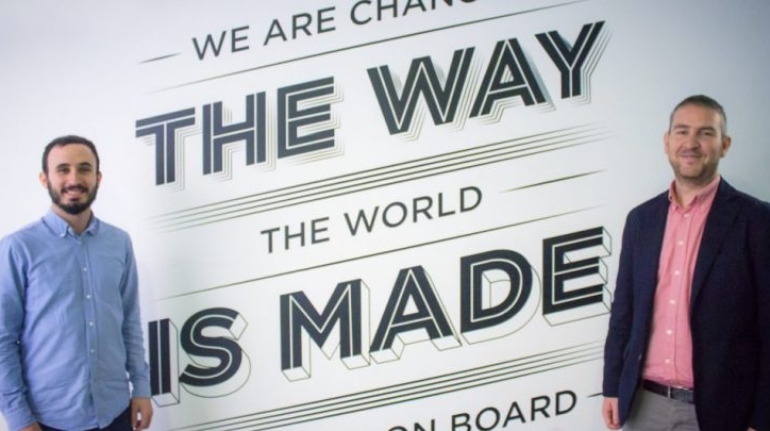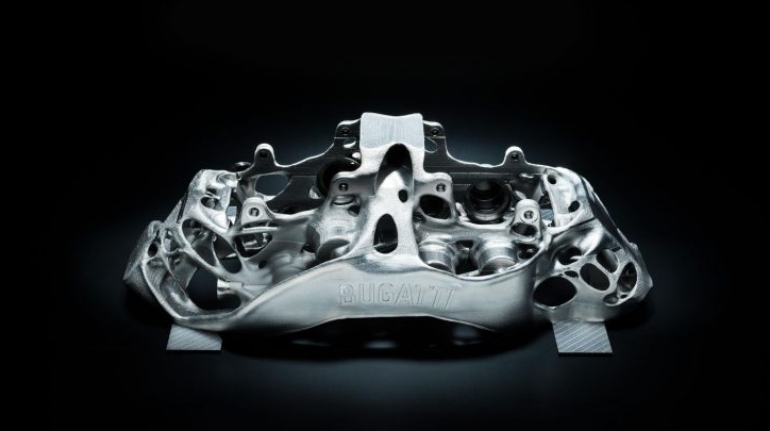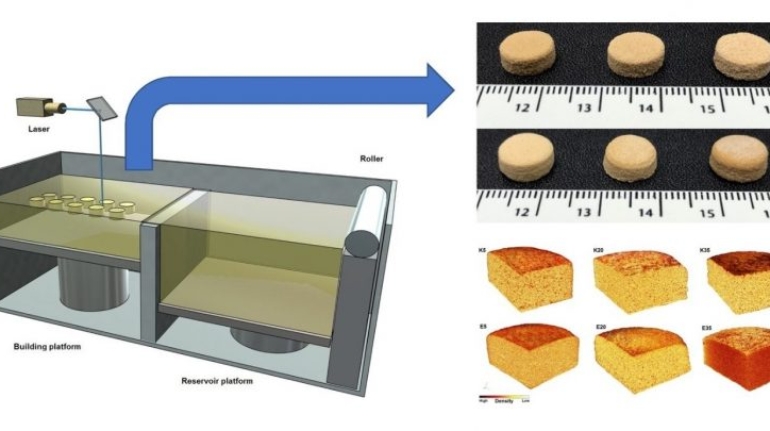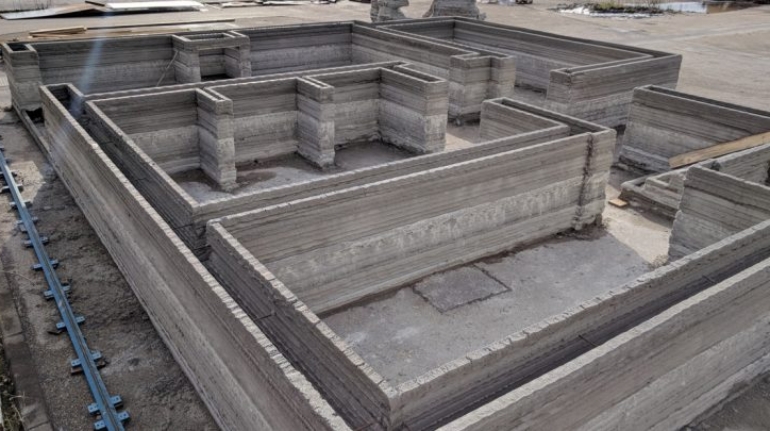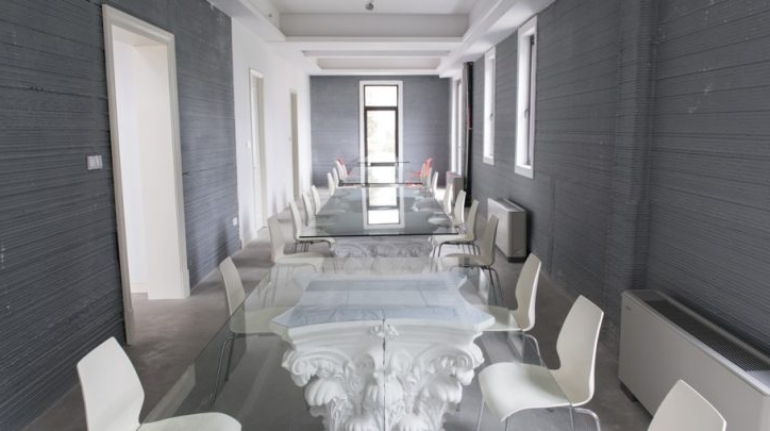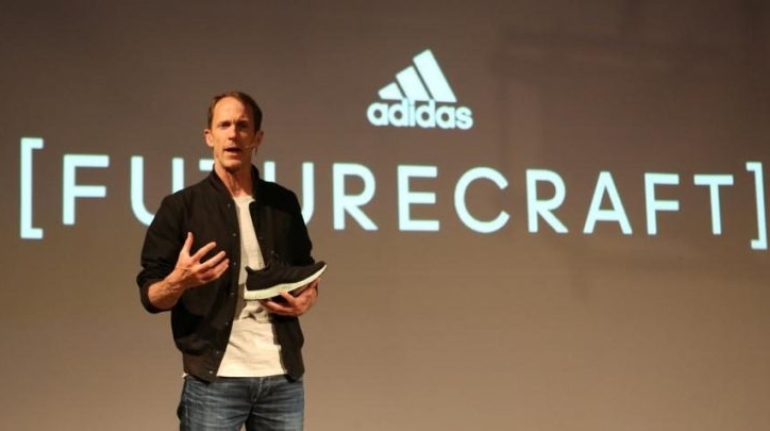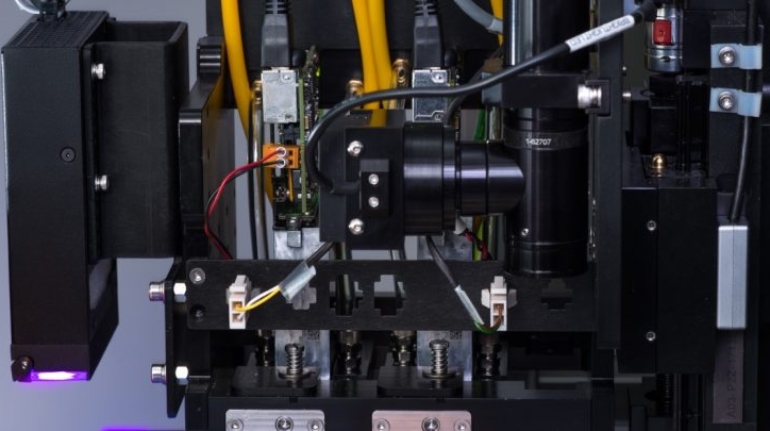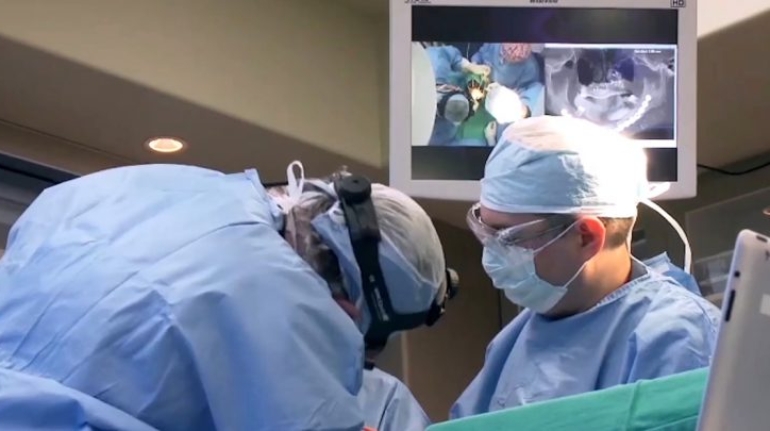Designer Creates Brifo Anti-pollution Mask for Children Using Sinterit SLS and Netfabb Industrial Additive Manufacturing
Living in increasingly contaminated cities, people are using protective masks more and more frequently. While there are many styles for adults, there are far fewer designed especially for children, for whom pollution is definitely more harmful. At least on a massive scale.


